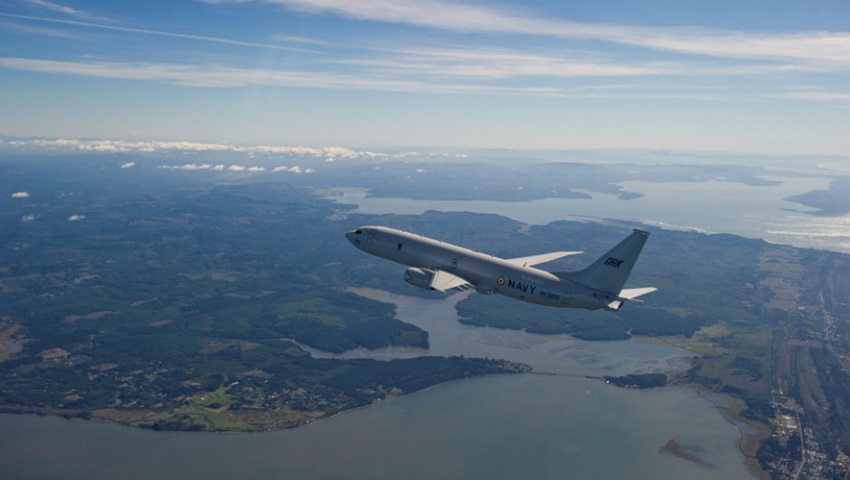The Royal New Zealand Air Force has officially retired their fleet of six P-3K2 Orion with a formation flight after more than 55 years of service.
RNZAF No. 5 Squadron flew in “V’ formation from RNZAF Base Auckland in Whenuapai over the North Island with close formation fly overs to Ohakea, Wellington and Auckland harbours on 24 January.
The first five P-3 Orion maritime patrol aircraft arrived in New Zealand in 1966 for use in international airborne surveillance and reconnaissance mission, an additional aircraft was received in 1985.
All six planes were later put to use by government agencies, fisheries, for customs surveillance, search and rescue missions, humanitarian aid, disaster relief, security, stability missions, United Nations and in Combined Maritime Forces Command missions.
The aircraft operated in New Zealand, the South Pacific, Southern Ocean and across every continent during its lifetime. In addition, P-3 missions were run in Antarctica, the Arctic, the Middle East, Southeast Asia, Europe and North America.
RNZAF No. 5 Squadron commanding officer, Wing Commander Glen Donaldson said the retirement is a farewell for an old friend.
“This is a bittersweet moment for us, where we have to farewell a faithful old friend who has looked after not just our crews for nearly 60 years, but all of New Zealand and our friends and neighbours in the Pacific,” Wing Commander Donaldson said.
“That life-saving sound of a P-3 overhead, heard by many, will be gone. But for all those people who have had any sort of interaction with the aircraft, she’ll always be in our hearts and memories.
“This is certainly a historic time to celebrate the long service of an amazing aircraft, but also an exciting time as we transition to a new era of maritime patrol (P-8A Poseidon) which will continue to serve the people of New Zealand faithfully.”
The fleet of six P-3 Orions flew a total of 147,978.2 hours across the 57 years of service.
Subscribe to the Defence Connect daily newsletter.
Be the first to hear the latest developments in the defence industry.
Significant missions included the search for missing flight MH-370 en route to Beijing from Kuala Lumpur, the Queen’s Birthday 1994 search and rescue, first aircraft on scene to provide reconnaissance after the Hunga Tonga-Hunga Ha’apai eruption, post-cyclone missions in the Pacific islands, counter narcotics, anti-piracy and anti-smuggling security missions in the Middle East and security patrols for the UN in the East China Sea to counter smuggling activity to North Korea.

The Orion fleet will be replaced by four P-8A Poseidon maritime surveillance aircraft to be based at RNZAF Base Ohakea. The first Poseidon aircraft landed in Aotearoa, New Zealand last month.
P-8A Poseidon aircraft can reach altitudes of 41,000 feet and fly at 490 knots. They are used by the US Navy, United Kingdom’s Royal Air Force, Royal Australian Air Force, and Royal Norwegian air Force.
The P-3 Orion fleet conducted one last rescue before retirement by successfully locating two Kiribati fishermen in a fishing boat on 17 January. The men had been missing for six days.
RNZAF Base Commander Auckland, Group Captain Mike Cannon said the flight was expected to be the last search and rescue mission using an Orion.
“Our Orion aircraft and the generations of people that have flown, maintained and supported them have certainly proved their worth over many years of service, conducting long-range maritime surveillance patrols in a range of theatres,” he said.
“To do this mission, finding two men on a tiny boat in a vast area of ocean, is certainly a fitting end to the Orion’s search-and-rescue duties and the crew is obviously thrilled with the result.”











No comments:
Post a Comment
How did you like the post, leave a comment. I would appreciate hearing from you all. Best wishes from JC's Naval, Maritime and Military News